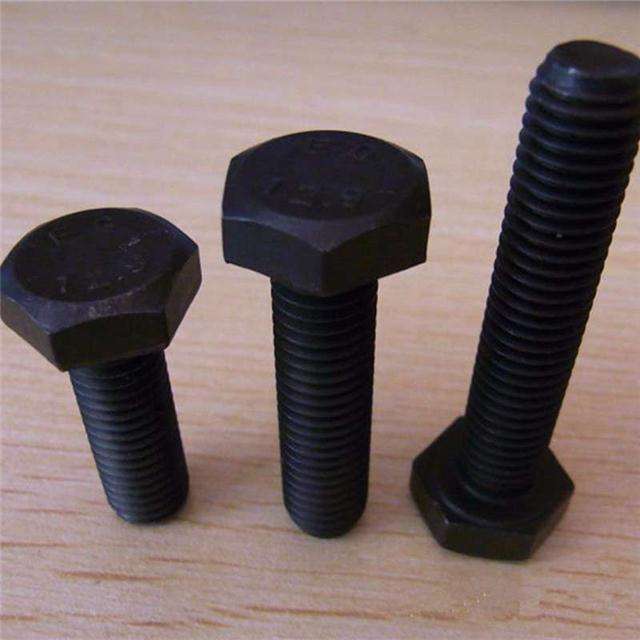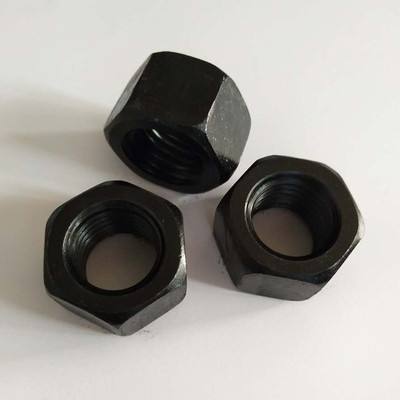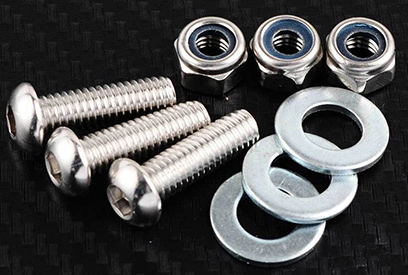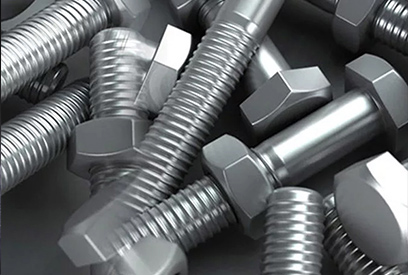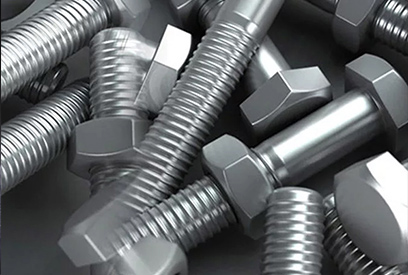1. According to the force-bearing method of the connection: divided into ordinary and hinged holes. According to the shape of the head: there are the hexagonal head, round head, square head, countersunk head, and so on. Among them, the hexagonal head is the most commonly used. Generally, countersunk heads are used where connections are required. The English name of the riding bolt is U-bolt. It is a non-standard part. It is U-shaped, so it is also called a U-bolt. There are threads at both ends that can be combined with a nut. It is mainly used to fix tubular objects such as water pipes or sheet objects such as automobile plates. The spring is called a riding bolt because the way it fixes an object is like a person riding on a horse. According to the thread length, it is divided into two types: full thread and non-full thread.
2. According to the tooth type of the thread, it is divided into two types: coarse tooth and fine tooth. The coarse tooth type is not displayed in the logo of the bolt. Bolts are divided into eight grades of 3.6, 4.8, 5.6, 6.8, 8.8, 9.8, 10.9, and 12.9 according to their performance grades. Among them, the bolts above grade 8.8 (including grade 8.8) are made of low-carbon alloy steel or medium-carbon steel and have been heat-treated (quenched). + tempering), commonly known as high-strength bolts, and below grade 8.8 (excluding grade 8.8) are commonly referred to as ordinary bolts.
3. Ordinary bolts can be divided into three grades: A, B, and C according to the manufacturing accuracy. Grades A and B are refined bolts, and grade C is rough bolts. For connecting bolts for steel structures, unless otherwise specified, they are generally ordinary rough-grade C bolts. There are differences in the processing methods of different levels, and the corresponding processing methods are usually as follows:
① The bolt rods of A and B bolts are processed by lathes, with smooth surfaces and precise dimensions. The material performance grade is 8.8. The production and installation are complicated, the price is high, and they are rarely used;
② Grade C bolts are made of unprocessed round steel, the size is not accurate enough, and its material performance grade is 4.6 or 4.8. The deformation is large during the shear connection, but the installation is convenient and the production cost is low. It is mostly used for tensile connection or temporary fixation during installation.
0



